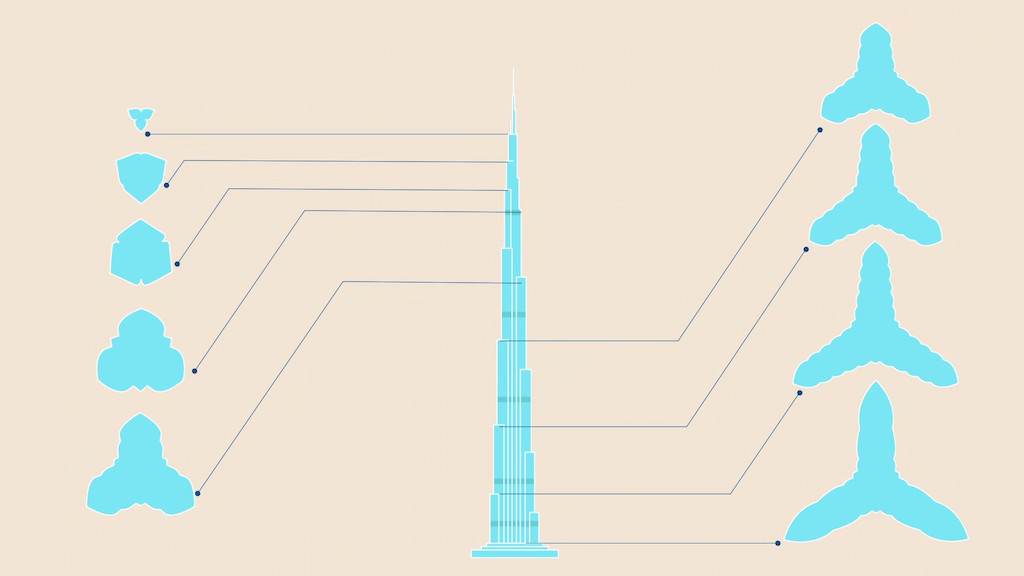The Revolutionary Architectural Design Behind the Construction of the World’s Tallest Skyscraper

In a towering Ted Ed video essay written by Alex Gendler (previously) and animated by Wow How Studios, narrator Addison Anderson explains the revolutionary architectural design behind the construction of the Burj Khalifa in Dubai. The building stands at an incredible 828 meters (2,716.54 feet) high and considered the tallest skyscraper in the world.
View this post on Instagram
For early skyscraper design, architect Fazlur Rahman Khan came up with the idea to swap out the building's internal support for an exoskeleton made of steel and concrete. This would not only make the building lighter but also reduce building sway. Khan called this method Tubular Design". In 2004, architects from the late Khan's firm designed this incredible landmark by taking Khan's ideas even further.
Related PostsStunning Photos of Dubai's Incredibly Tall Skyscrapers Emerging From Thick Layers of FogAn FPV Racing Drone Quickly Descends Burj Khalifa in Dubai, The World's Tallest BuildingKingdom Tower in Saudi Arabia Will Be the World's Tallest BuildingBASE Jumping Off Burj Dubai, World's Tallest BuildingLEGOLAND Dubai Unveils Giant LEGO Replica of the Burj Khalifa, The World's Tallest BuildingOfficial Opening of The Burj Dubai (Burj Khalifa), The World's Tallest BuildingThis building took Khan's exoskeleton design one step further, with a central column supported by three protruding wings. Each wing's weight carries the other two, while the heavy concrete core acts as a support beam, that also houses the building's elevators and mechanical infrastructure. This design, called the buttressed core, allowed the entire structure to work as a single load-bearing unit, supporting the building's 73 stories.
Follow Laughing Squid on Facebook, Twitter, and Subscribe by Email.
The post The Revolutionary Architectural Design Behind the Construction of the World's Tallest Skyscraper first appeared on Laughing Squid.